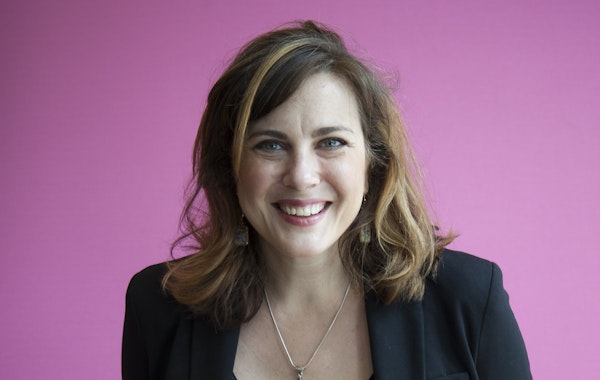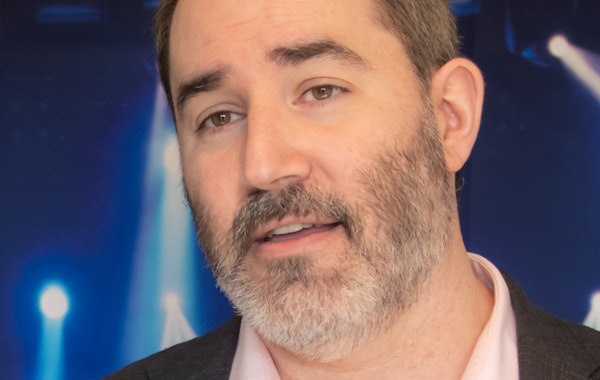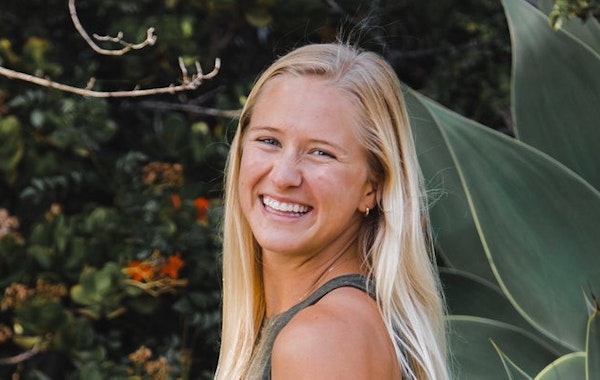Creating a home podcast studio doesn't have to be complex or expensive. Even on a tight budget, you can convert a compact space into a functional podcasting studio that can produce fantastic results– and this guide will break down exactly how!
In this blog, we'll break down everything you need to know about making a home podcast studio, including how to choose a location, what equipment you need equipment, how to soundproof, and more!
Location: Choosing the perfect spot
When choosing where to set up your podcast studio, consider the following factors:
- Space: Make sure you have enough room for all your podcast equipment.
- Objects in the room: Ideally, you want to pick a room with lots of soft surfaces (furniture, rugs, carpet) to absorb ambient noise (versus hardwood floors, etc.)
- Noise level: Choose a quiet area away from potential distractions or background noise.
- Accessibility: You will need easy access to power outlets and an internet connection.
Some popular choices for a podcasting space include a spare bedroom, garage, or even a closet. Remember that the smaller the room, the better the acoustics are for podcasting.
A note to video podcasters:
For video podcasters, the visual aspect of the space is equally important. Consider the backdrop and lighting conditions of the location. A clean, uncluttered background free from distractions will keep the viewers' attention on you.
Natural light is best, but if that's not available, investing in good-quality studio lights can help you create a professional-looking video. Also, ensure the room has enough space for camera setup and framing a pleasing shot. Add a dash of personality to your space with props or decor that align with your podcast's theme or your personal brand.
Resource: Get Your Podcast on YouTube (and leverage the medium for all it’s worth)
Equipment: Essential gear for your podcast studio setup
To ensure a quality recording, you'll need several key pieces of equipment. We've broken it down by audio and video essentials:
Audio Essentials:
- USB microphone: A high-quality microphone is paramount for clear, crisp audio. USB mics can be a cost-effective option for beginners, while XLR microphones offer higher sound quality for more advanced setups.
- Headphones: A pair of headphones (ideally closed-back) is essential for monitoring your audio while recording. They help you catch any disturbances or inconsistencies in your audio in real-time.
- Pop filter: A pop filter helps to reduce plosive sounds (like "P" and "B" sounds) that can distort your audio, enhancing overall audio quality.
- Audio interface: For those using XLR microphones, an audio interface is necessary to connect the microphone to your computer. It also helps convert the analog signal from your microphone into a digital one your computer can process.
- Sound treatment: Foam panels and acoustic treatments can help reduce echo and background noise in your recording space, thus improving sound quality.
Video essentials:
- Camera: If you are a video podcaster, a high-quality camera is recommended (but you can get pretty good results with even your smartphone camera if you follow best practices).
- Lighting: Good lighting sets the mood of your podcast and ensures your video quality is clear and professional. You can start with basic softbox lights or ring lights.
- Backdrop: A clean, professional-looking backdrop can significantly enhance the aesthetics of your video podcast. It can be as simple as a painted wall or a professionally printed backdrop.
- Tripod: A sturdy tripod ensures steady, stable video footage, improving the overall professionalism of your podcast.
Remember, content is always king. So don't stress over getting the perfect equipment. Even with a simple setup, you can create compelling podcasts that resonate with your audience.
Resource: The Best Podcast Equipment: Everything you need (and nothing you don't)
Software: Recording, editing, and post-production essentials
Once your studio setup is complete, software is the next piece of the puzzle. The right software tools can make recording, editing, and podcast post-production a breeze. Here are some essential tools you'll need:
- Recording software: Also known as Digital Audio Workstations (DAWs), these programs allow you to record your podcast. Some popular podcasting DAWs include Audacity (free, open-source), Hindenburg Journalist (paid, designed specifically for podcasters), and GarageBand (free with Mac).
- Editing software: After recording your podcast, you'll need to edit your audio to remove any unwanted noise, add music, and make your podcast sound professional. Most DAWs have built-in editing tools. However, you might consider specialized software such as Descript (paid) that allows you to edit audio via text.
- Post-production tools: Once editing is complete, you'll need tools to add the finishing touches. This could include software for audio mastering to ensure consistent sound levels throughout your podcast (such as Auphonic) and tools for adding ID3 tags that provide metadata about your podcast (like MP3Tag).
- Hosting & publishing platforms: Finally, you'll need a platform to host and distribute your podcast, like Buzzsprout, Libsyn, or Spotify for Podcasters (previously Anchor).
These tools are integral to podcast production and creating engaging content. Now, let’s look into how to take all this gear and equipment and set up your studio!
Setup: Optimizing your DIY studio
Now that we have all the necessary equipment, it's time to set up your podcast studio. Here's a step-by-step guide to help you:
- Identify the ideal spot: Identify the perfect spot for your podcasting studio. Remember, the space needs to be quiet, have access to power outlets, and be spacious enough for all your equipment.
- Set up your microphone: Place your microphone on a mic stand or boom arm, positioning it close to where you'll speak. Attach the pop filter in front of the microphone. If you're using an XLR microphone, connect it to the audio interface, which should then be connected to your computer. If you use multiple USB mics, you’ll need a USB interface like the Focusrite Scarlett 2i2.
- Headphone setup: Connect your podcasting headphones to your computer or audio interface to monitor your audio.
- Install sound treatment: Apply foam panels to the walls of your podcasting space. For the best sound absorption, place them at various heights throughout the room, particularly at your microphone level.
Video podcasting optimization:
- Set up your camera & lighting: If you're video podcasting, position your camera on a tripod, ensuring it captures the desired frame. Keep an out for shadows from your lighting–it's always good to a test video before the official recording.
- Arrange your backdrop: Make sure your backdrop is clean and professional-looking. It should be behind you within the camera’s frame.
- Check audio & video levels: Do a test recording to check your audio and video levels. Ensure your voice is clear and audible and your video is bright and clear.
- Organize your space: Lastly, ensure your studio is tidy and clutter-free. A clean, organized space can improve your sound quality and make your podcasting experience more enjoyable.
Don't be discouraged if you need to adjust your setup to achieve your desired audio and video quality along the way. Few podcasters start with the same setup that they had at the outset.
Summary + free PDF checklist
Putting together your podcast studio setup may seem daunting initially, but with some planning and the right equipment, you can create a professional setup right in your home!
Whether you're a seasoned podcaster or a beginner, these tips will help you create a space that delivers high-quality audio and video for your listeners. So get your gear, set up your studio, and start podcasting!
Free download: Podcast Studio Setup PDF Checklist



